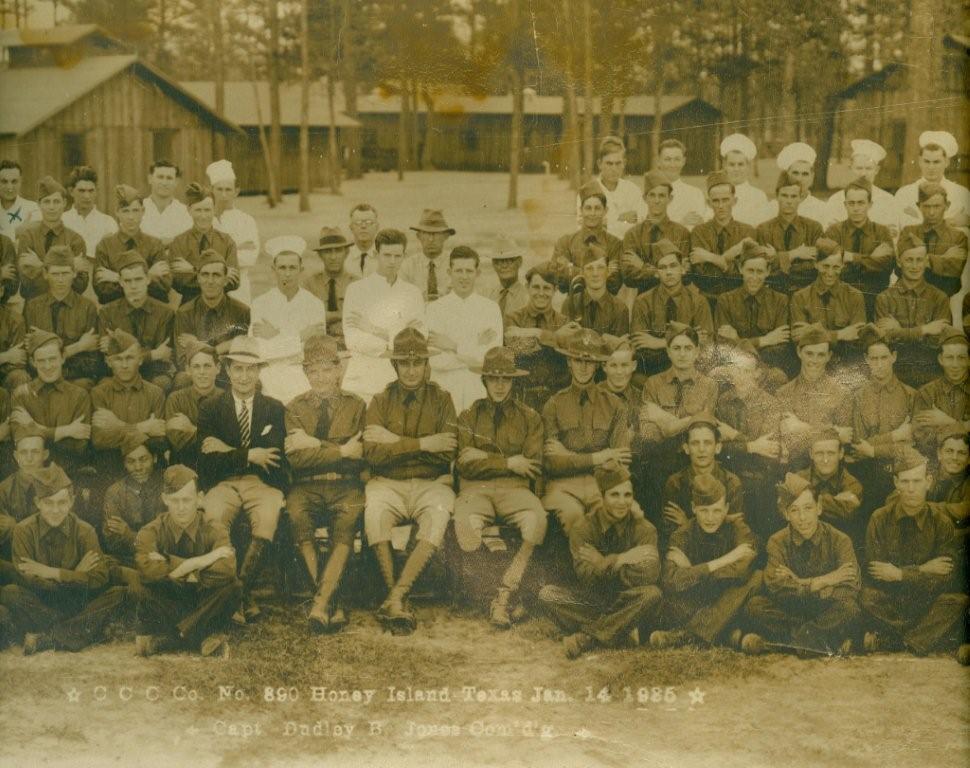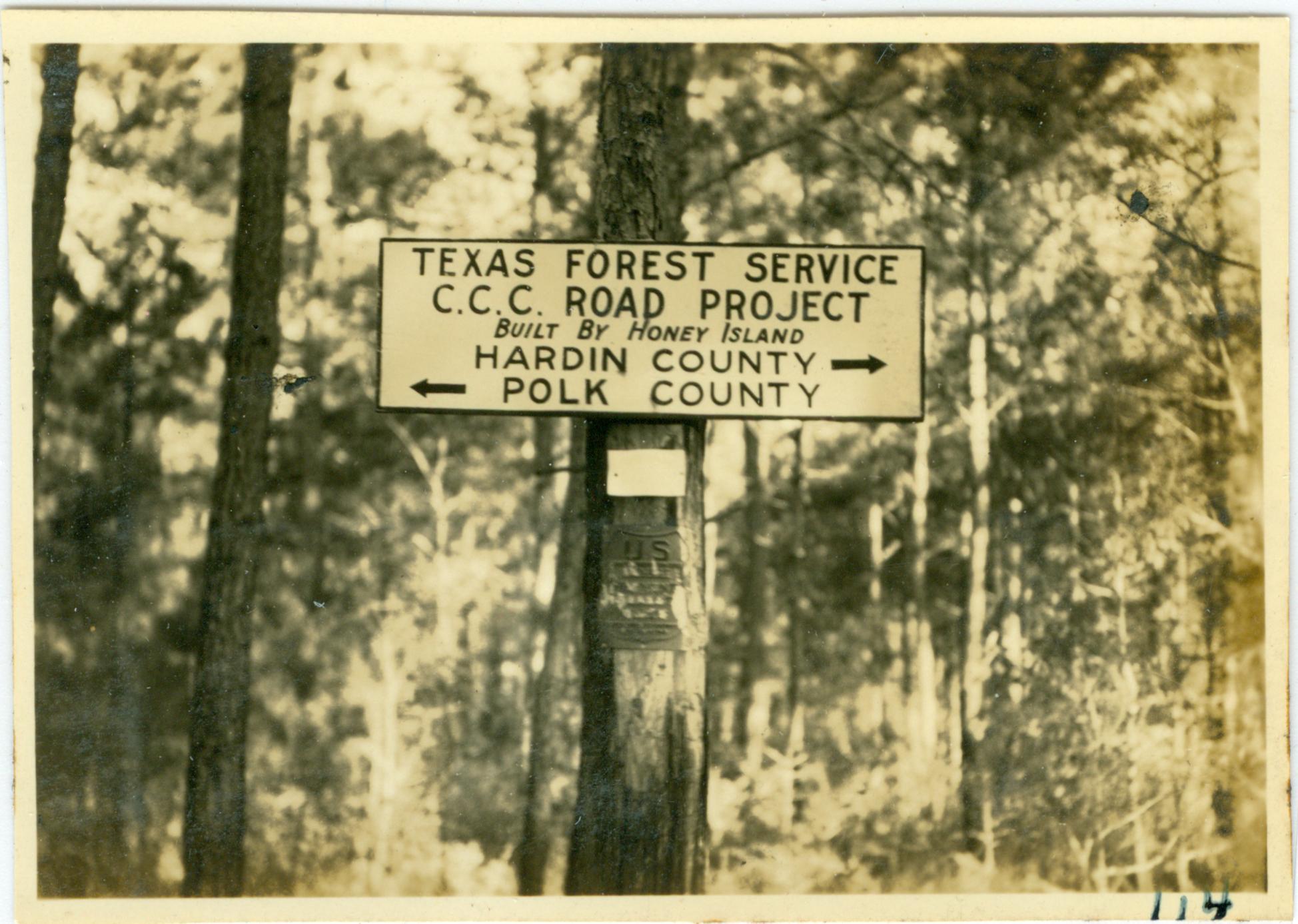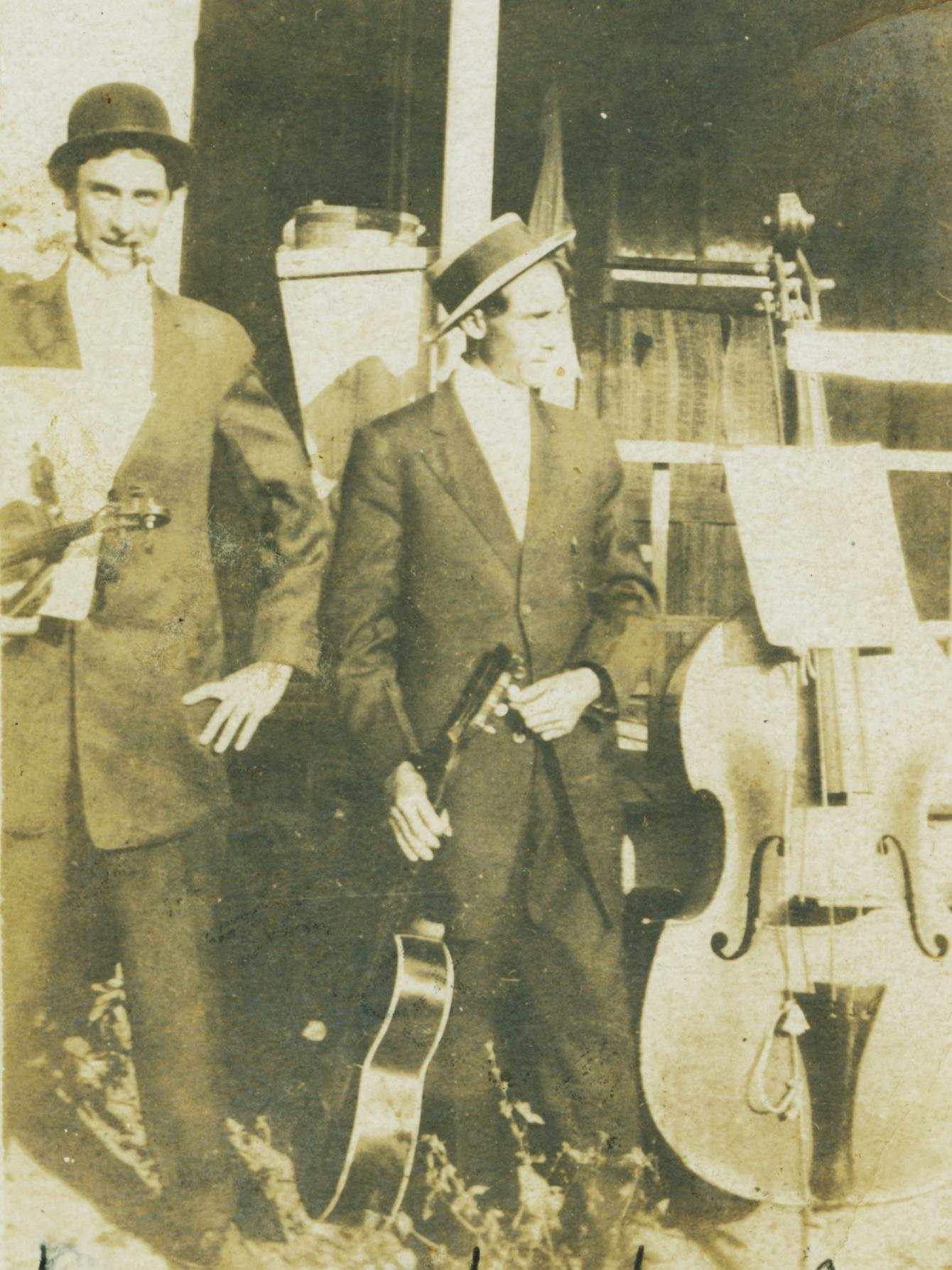By Renee Hart Wells
.JPG)

The Hardin County CCC Camp at Honey Island began operations with 167 young men in June 1933, just three months after the bill was signed establishing the program. This camp was under the direction of the Texas Forest Service with army officers in charge. Most of the young men here were from East Texas, which gave them an opportunity to visit their homes on weekends. While they usually caught rides with passing motorists, at least one young man caught a ride on a passing freight train to get home, but his parents bought him a passenger train ticket to get back on Sunday.
The most important project for this camp was the clearing of old tram roads to provide firebreaks and routes for Forest Service workers to fight fires. These roads had been used by the lumber companies to bring out cut timber for the mills. It had been 30 years or more since the tracks had been removed and the underbrush and trees of the Big Thicket had grown over the miles and miles of tram roads.

The road-building work created some hearty appetites and their three meals a day were welcomed. Conditions at the Honey Island Camp seem to have been very good. A Beaumont Journal newspaper reporter wrote in 1933 that the men are in a "jolly mood, well-tanned and well-fed."
This camp was located on private land near the artesian-fed Honey Island swimming pool, a popular attraction for locals and visitors as well. The young men also could attend dances at the pavilion located a few hundred feet from the camp for an admission fee of 15 cents. In addition to the informal Tree Army band, made up of members who brought musical instruments to camp with them, the Busselle Band from Warren also played for dancing.

Although there was no national park in Hardin County, the Tree Army did build several roadside parks along SH69. These parks featured rustic stone tables and benches built among shade trees at a safe distance from the highway. One park was near Old Olive, another was at Kountze near the site of the old Polliwog Mill, and a third was in Lumberton. These three park sites no longer exist; however, several years ago the stone tables and benches from the Lumberton Roadside Park found a new home on the campus of the Lumberton Primary School.